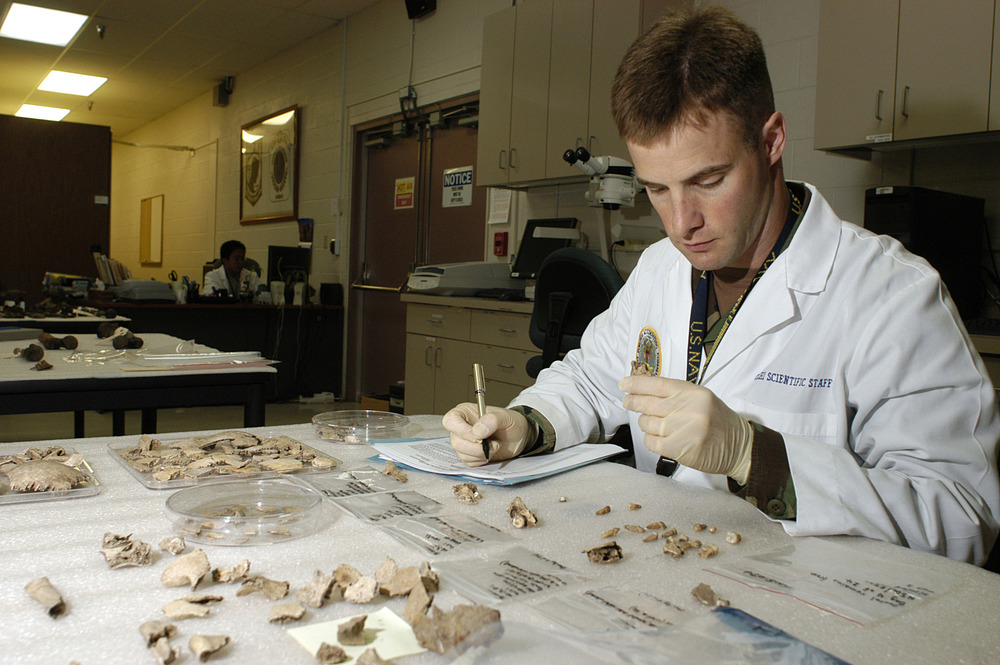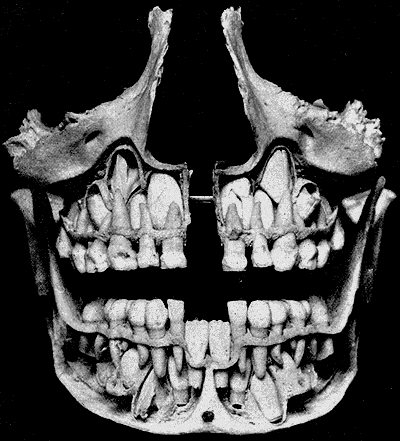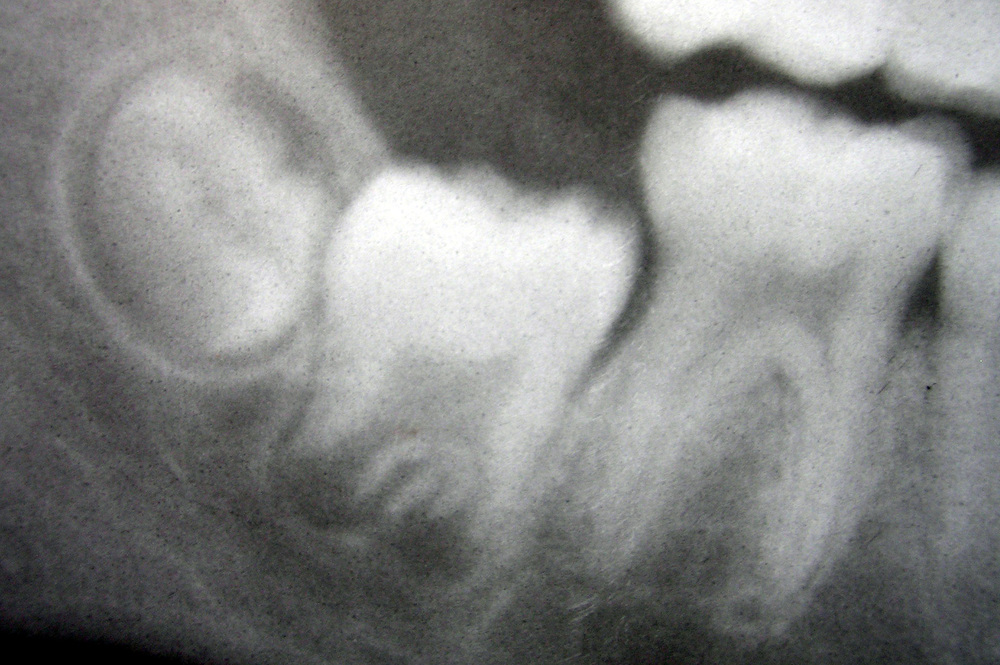 The Arthur G. Dozier School for Boys in Marianna, Florida was at one time the largest juvenile reform school in the United States, housing up to 564 boys in the 1960s. Founded in 1900, the school went through a number of identity changes over the years—first called the Florida State Reform School, then the Florida Industrial School for Boys (1914), later the Florida School for Boys (1957), and finally the Arthur G. Dozier School for Boys (1967) named in honour of a past superintendent of the school.
The Arthur G. Dozier School for Boys in Marianna, Florida was at one time the largest juvenile reform school in the United States, housing up to 564 boys in the 1960s. Founded in 1900, the school went through a number of identity changes over the years—first called the Florida State Reform School, then the Florida Industrial School for Boys (1914), later the Florida School for Boys (1957), and finally the Arthur G. Dozier School for Boys (1967) named in honour of a past superintendent of the school.
Rumours of inhumane treatment of the inmates plagued the school from the very beginning. An inspection in 1903 reported some boys being kept in leg irons, and, in 1934, a boy sent to the school on a trespassing charge died a mere 38 days later. Hundreds of more recent allegations detailed years of beatings, forced labour, rape, and the murder of troublesome inmates. Many boys simply disappeared after arriving at the school, no trace of them alive or dead ever discovered. Amid a storm of unproven accusations and controversy, the state of Florida permanently closed the facility in 2011.
 But public outcry persisted and families demanded answers about their missing relatives. Thirty-one white metal crosses marking the graves in the school cemetery didn’t account for all the missing children. Confusing and incomplete school records meant that investigators were not even sure of the exact number of bodies buried in the cemetery.
But public outcry persisted and families demanded answers about their missing relatives. Thirty-one white metal crosses marking the graves in the school cemetery didn’t account for all the missing children. Confusing and incomplete school records meant that investigators were not even sure of the exact number of bodies buried in the cemetery.
University of South Florida forensic anthropologist Erin Kimmerle became interested in the project, in part because of the inadequate record keeping at the school—very unusual for most state institutions. In 2012, Kimmerle and her team used ground penetrating radar and cadaver dogs to prove the existence of at least 50 sets of remains buried on school property, many located under current roads or overgrown trees, far distant from the marked cemetery. A full investigation of the property began in August 2013.
Excavations of the school grounds began in the fall of 2013. By the time the dig closed three months later in December, 55 bodies had already been recovered. Anthropologists estimate that the bodies date from the late 1920s to the early 1950s. All the remains were found in coffins or associated with coffin artifacts—nails or other hardware, and one with a brass plaque reading ‘At Rest’. Some small artifacts of life at the school were also recovered; one boy was even found with a stone marble still in his pocket.
Forensic scientists will attempt to determine cause of death from the skeletal remains, and DNA from the recovered remains will be sent to the University of North Texas Center for Human Identification. Investigators are asking for living family members of missing students to come forward and provide DNA samples for reference and comparison.
Although the first dig is complete, University of South Florida anthropologists are planning to resume work in the spring of 2014. They believe the site holds the remains of more missing boys, and maybe even a second unmarked cemetery. Their search will continue until investigators are satisfied that all the lost have been recovered. Although the Florida Department of Law Enforcement was unable to substantiate the multiple claims of abuse while the school was open, they are hoping that this time the dead will be able to speak for themselves.
Photo credit: Robert Straley










 12.1%
12.1%